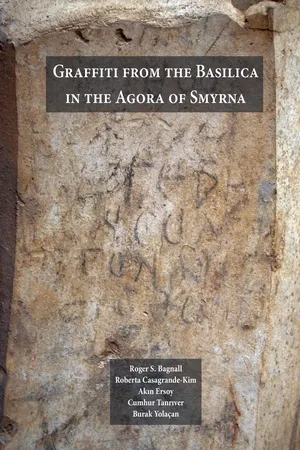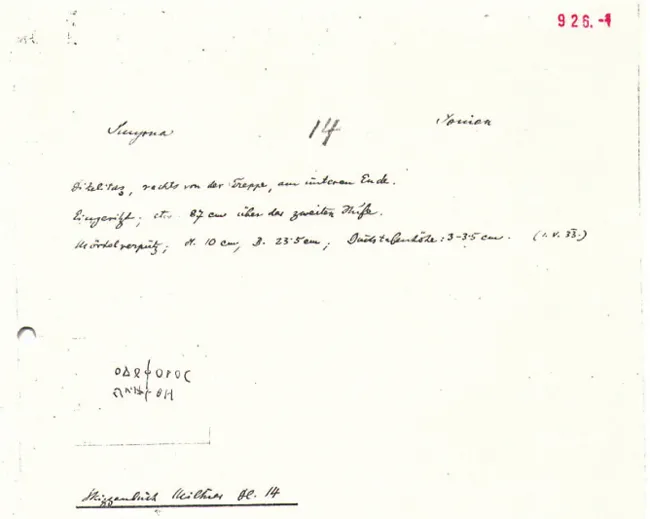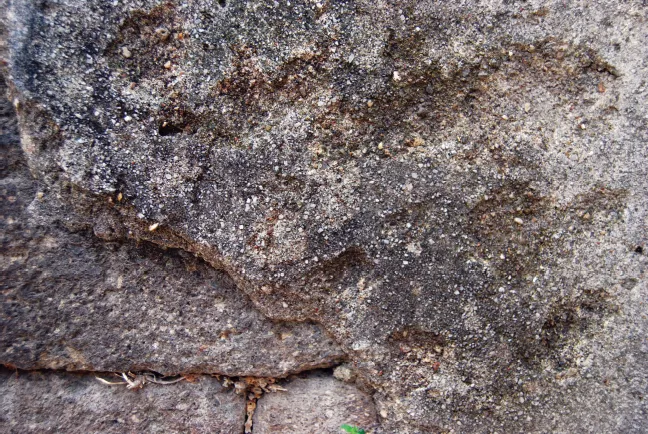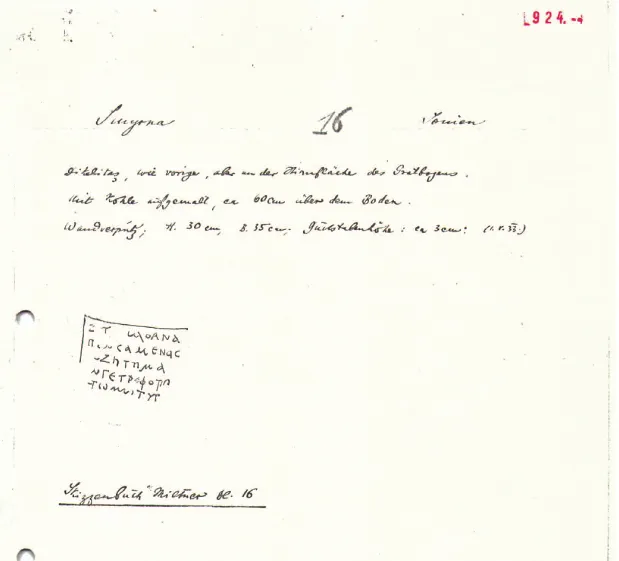
Graffiti from the Basilica in the Agora of Smyrna
- 500 pages
- English
- ePUB (mobile friendly)
- Available on iOS & Android
Graffiti from the Basilica in the Agora of Smyrna
About this book
An in-depth archaeological report
featuring graffiti found during a recent excavation at the Ancient Greek city
of Smyrna.
The graffiti published in this richly-illustrated volume were discovered during an excavation of the Roman basilica in the Ancient Greek city of Smyrna, known today as Izmir, which is situated on the Aegean coast of modern Turkey. The project, which began in 2003, has unearthed a multitude of graffiti and drawings encompassing a wide range of subjects and interests, including local politics, nautical vessels, sex, and wordplay.
Each graffito artifact holds the potential for vast historical and cultural data, rescued in this volume from the passage of time and razing ambitions of urban development. Given the city’s history, the potential wealth of knowledge to be gleamed from these discoveries is substantial: Smyrna has an uninterrupted history of settlement since the Neolithic–Copper ages, and remains today a major city and Mediterranean seaport at the crossroads of key trade routes.
The present volume provides comprehensive editions of the texts, descriptions of the drawings, and an extensive introduction to the subjects of the graffiti, how they were produced, and who was responsible for them. A complete set of color photographs is included.
Frequently asked questions
- Essential is ideal for learners and professionals who enjoy exploring a wide range of subjects. Access the Essential Library with 800,000+ trusted titles and best-sellers across business, personal growth, and the humanities. Includes unlimited reading time and Standard Read Aloud voice.
- Complete: Perfect for advanced learners and researchers needing full, unrestricted access. Unlock 1.4M+ books across hundreds of subjects, including academic and specialized titles. The Complete Plan also includes advanced features like Premium Read Aloud and Research Assistant.
Please note we cannot support devices running on iOS 13 and Android 7 or earlier. Learn more about using the app.
Information
THE GRAFFITI
A 121 (STAIRS)
TX.1. Uncertain



TX.2. Uncertain

TX.3. Riddle?

Table of contents
- Cover
- Half title
- Title
- Copyright
- Contents
- List of Illustrations
- List of Contributors
- Preface
- Introduction
- The Graffiti: Descriptions, Texts, Translations, and Notes
- Bibliography
- Index of Greek Words
- Index of Subjects and Motifs of Drawings
- General Index
- Concordance of Publication Numbers with Supplementum Epigraphicum Graecum 61
- Concordance of Numbers of Bays and Piers